I invited Winnipeg writer Chadwick Ginther, author of the Thunder Road Trilogy to guest blog for us and he came up with some great advice for capturing your setting, even if it’s not in your own city. Be sure to check out his bio at the end of the post.
******
Establishing setting is one of my favourite aspects of writing. Whether it’s the world-building involved in writing a secondary world or trying to capture the soul of an existing city, setting draws the reader into the story, creates its mood, and when done well, helps that story appear real.
Normally, I write stories set in or near my home, or I just make up a city. But my third novel, Too Far Gone, needed be set in a city where I didn’t live. In this case: Edmonton, Alberta Canada. There’s lots of options to do remote research. Google Street View, travel guides, following Twitter feeds from that city, or talking to friends or family who live there. And I did do some of that, but it also didn’t feel like enough. While it might not be an option for everyone, I love to travel where the book is going to be set, and to walk the ground myself. You not only discover things you otherwise might not have, but you get the sights, sounds, and smells down in a way that is otherwise impossible, you also get to put your own stamp on them, instead of regurgitating other people’s ideas of the city.
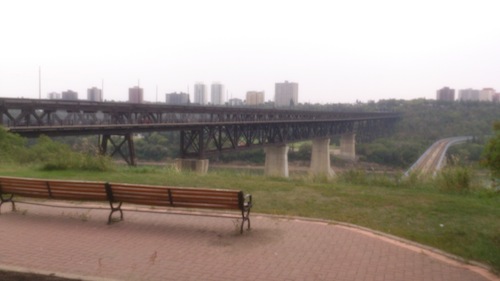
I’d previously visited Edmonton on book tour, and attended its convention, Pure Spec a couple of times. I knew by that time I wanted to bring the series to Edmonton, so I had a chance to do some preliminary scouting before my big official research trip. I’m glad things worked out that way, as it gave me a plan for the full trip.
This is hard for me to admit (especially as an avowed pantser) but if you’re going to travel for a research trip, you need to have a plan. Otherwise, you’ll just be wasting time and money, and generally speaking, writers don’t have a surplus of either. Know where you want to go—and how to get there. If you’re counting on a friend to show you around, make sure they’ll be available. If you want to speak to experts or locals that aren’t your friends and family, make an appointment.
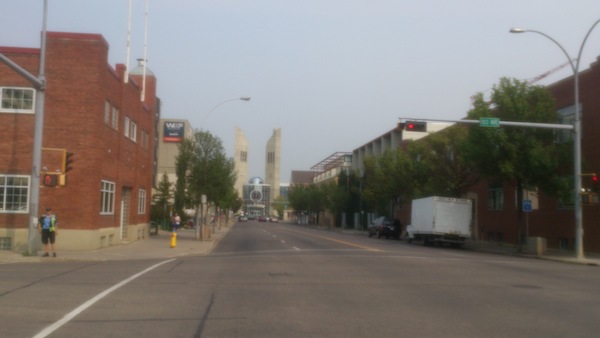
Before I left for my trip, I tried to think about a high concept for the story, and for my characters. Where would they be at home? Where would they be fish out of water? Pretty much every city has a slogan which can serve as a starting point for a high concept. Edmonton’s slogan was “City of Championsâ€, entirely fitting for a story where a last stand against a three hundred foot tall giant intent on consuming the world in flames is taking place. I was finishing up the first draft of Too Far Gone at the time of my trip, so I didn’t have everything locked, but I did know most of what I needed for the story, and found some answers to a few plot quandaries while I was there by talking to locals, visiting the Edmonton Archives, and walking the streets.
If you haven’t sorted out your plot before you travel, look for locations that seem to have their own story or character; locations that have action or conflict built in or tie into the themes and threats of your story. Is it scary to be downtown at night? Is your story about corruption? In the public eye, politicians and corruption often go hand in hand. Check out City Hall. Writing about a vampire? You’re probably going to need a cemetery. A plot can be built from research as easily as good research can bring a plot to life.
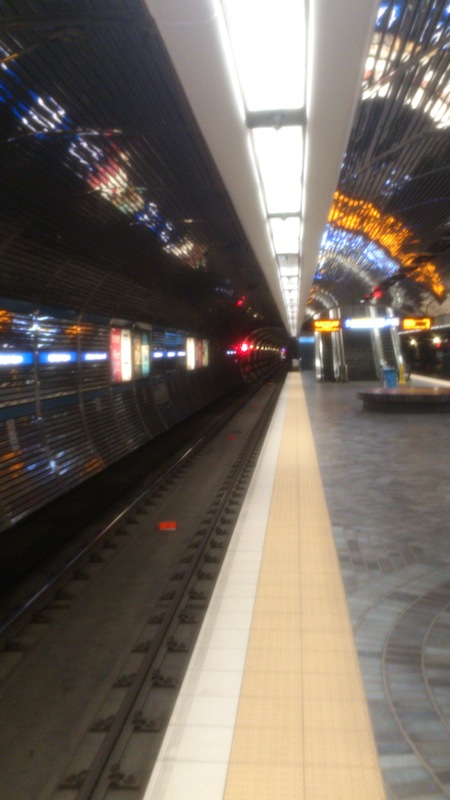
Reading a bit about the history of a place will inform you why it is the way it is now. You don’t need to list every event that ever happened there down to the day, month and year. How much detail is too much? You don’t need to catalog every neighbourhood or landmark to bring your city to life. A vibrant setting isn’t about ticking off the top ten tourist sights on travel guide. Just sticking the Empire State Building in your book doesn’t mean you’re writing New York, and neither does mentioning the Oilers mean you’re capturing Edmonton.
It is tempting to want to include everything. My initial draft had a lot more of Alberta than just Edmonton, but it was too much. The character conflicts were in Edmonton, and they were essential. The side trips to the Alberta Badlands and Steffanson House (an early Icelandic settlement in Alberta, and a Provincial Heritage site) proved just that—side trips. They were unnecessary diversions to the story, no matter how cool they were to me. Rather than allowing them to slow down the book, I had to cut the scenes. But hey, there’s always more stories to write, and that research is already done!
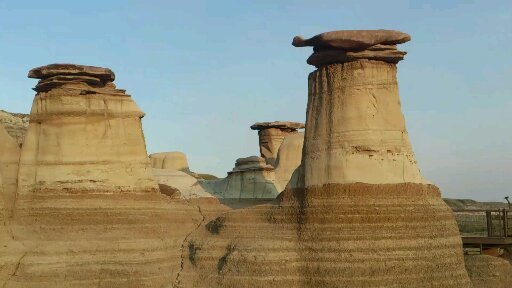
If you’re a pantser like me, and you only start your research into after you have your story, you only look for what you need to know, but you won’t necessarily find the things you didn’t know you needed. Which is why I like taking the travel option. If you’re doing your research before you think of your story, there’s a different risk: research is seductive, and it feels like you’re doing work, but the real work of a writer is actually writing the book.
To maximize my trip, I decided to set the book during the time of my stay. If it was happening in Edmonton in the third week of August 2014, it was happening in the background of the book. Would I have thought of including the Fringe Festival as background, or the Perseid meteor shower otherwise? Probably not. Having the hero’s fight with a fire giant looming when the city was under the grips of a heatwave may have been out of my control, but I think it really worked.
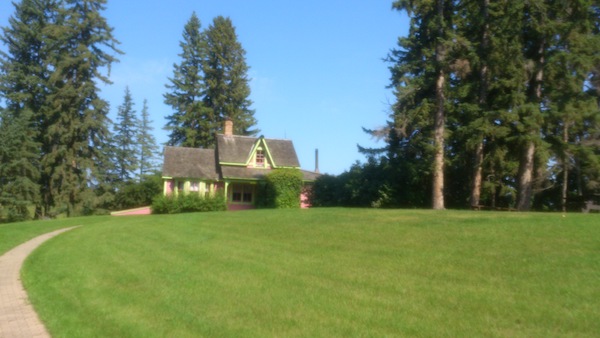
While I was in Edmonton, I kept a detailed journal of everything I did, saw, and especially what was happening with the weather (relevant when your hero can control the weather but is trying to rem
ain incognito). I bought the local newspaper every day and saved clippings I thought were relevant to characters or plot to seed in as background. Not all of this made it into the text, of course, but it definitely informed my writing.
I took tons of photos for reference, and used them as a slideshow while I wrote. I framed big battle scenes in areas I thought would be dynamic not only visually, but interesting locales, so that even readers that didn’t know the city would care about what was happening. I kept maps. Fantasy loves maps! Even if your story is set in a real city, and there won’t be a map of it at the beginning of your book, maps can be useful. I plotted out a map of the destruction (Cough, cough. Sorry Edmonton) as it was occurring to keep things consistent.
That was my experience writing in a city not my own, I’ll definitely try it again, but now I just hope Edmonton will welcome me back after they see what I’ve done to the place!
*****
Originally from Morden, Manitoba, Chadwick Ginther was fascinated by Norse mythology at an early age. Today, he spins sagas of his own set in the wild spaces of Canada’s western wilderness where surely monsters must exist. Chadwick is a contributor to Quill & Quire, The Winnipeg Review, and Prairie Books NOW. His short fiction has appeared recently in On Spec, Beast Within 4: Gears & Growls, and The Exile Book of New Canadian Noir. His first two novels, Thunder Road, and Tombstone Blues, were nominated for the Prix Aurora Award.
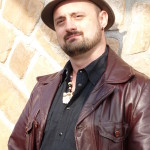
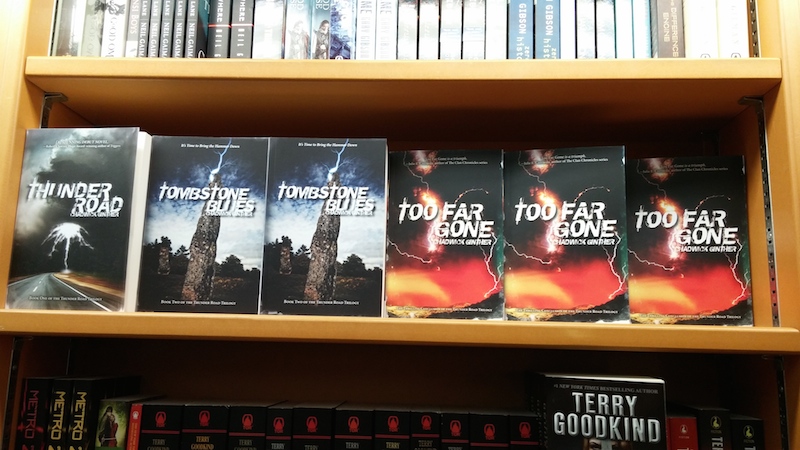
Comments are closed.